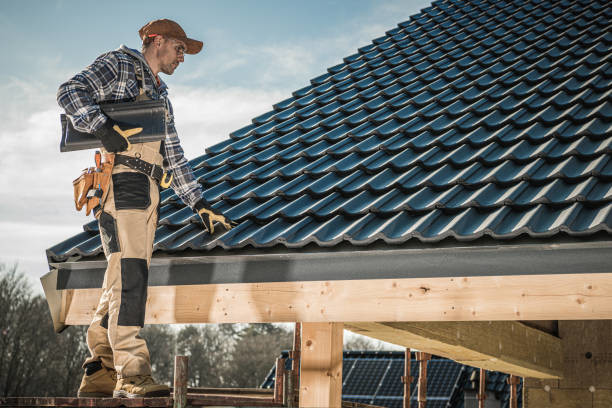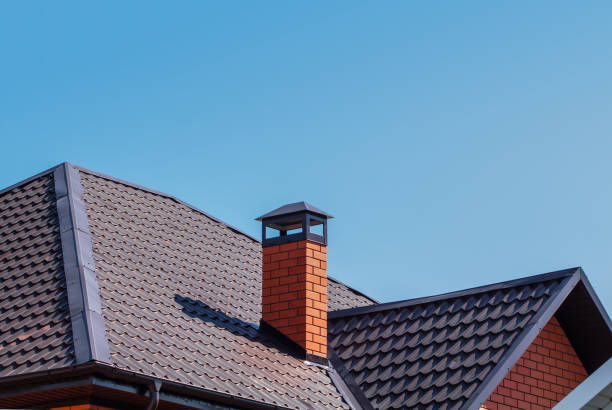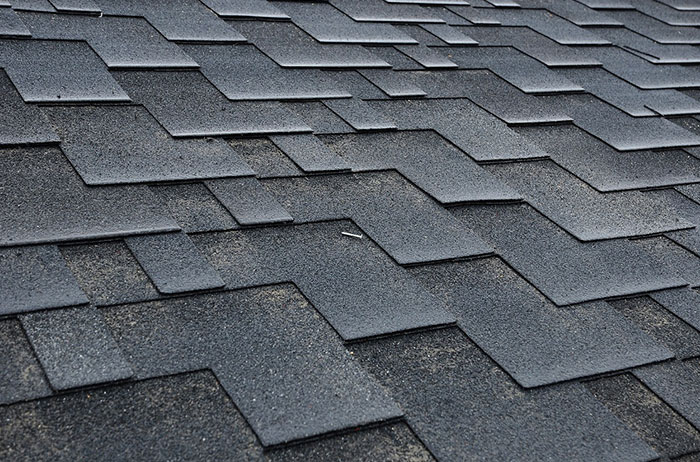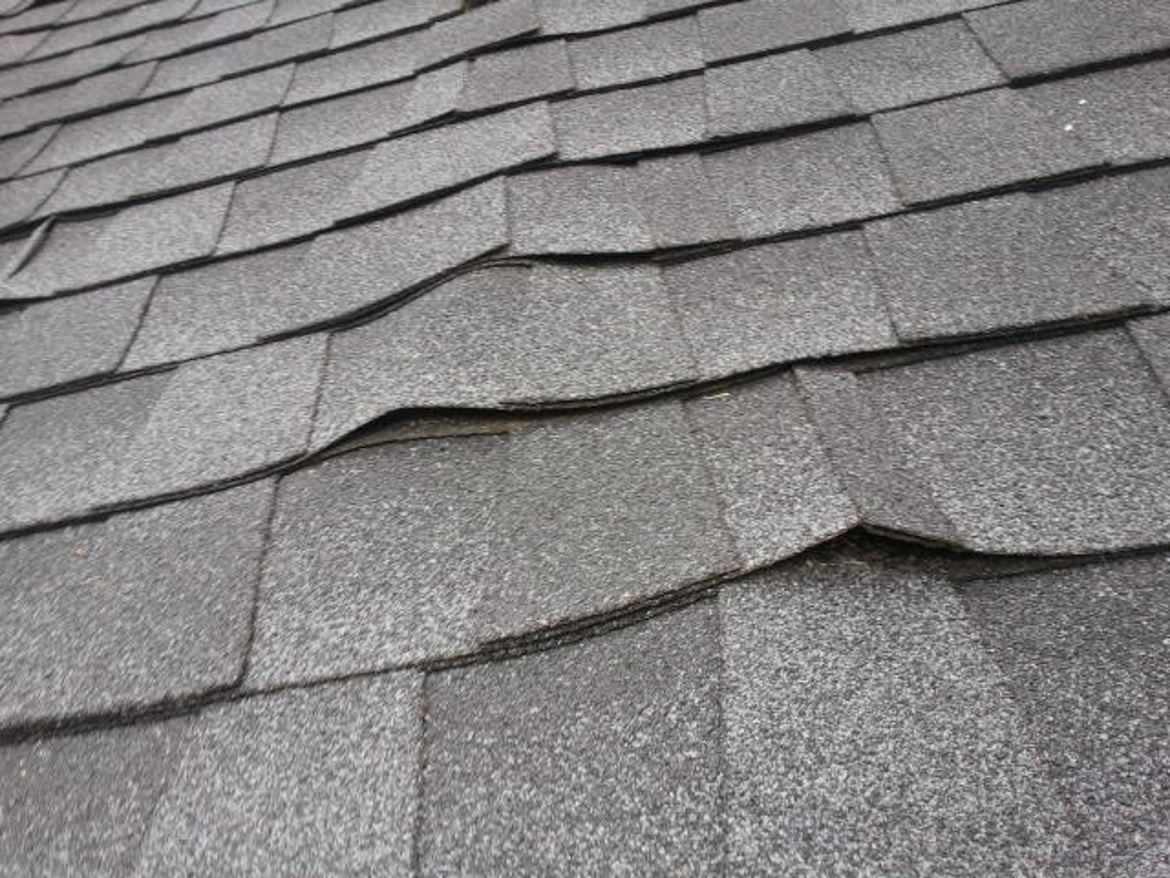The weather can be unpredictable, and it’s important to be prepared for anything. This includes extreme temperatures and humidity levels. If you’re a home or business owner, you know that high temperatures and humidity can have a negative effect on your roofing system. Both heat and humidity can lead to harsh and lasting damage to your roof. In this blog post, we’ll discuss everything you need to know about avoiding roof damage even when the weather is warm and dry. Also, you will learn what to do if you see signs that your roof has been compromised.
The Impact of Heat on Your Roof

Heat is one of the most damaging weather conditions for your roof. Prolonged exposure to the sun’s UV rays can cause the materials in your roof to break down and deteriorate. This process is accelerated in hot climates, as high temperatures put added stress on your roof. As your roofing system breaks down, it becomes more susceptible to leaks and other forms of damage.
Heat causes roofing materials to expand. The decking, support beams, and joists will likely expand if the sun beats down your roof for an extended period. In addition to the damage caused directly by the sun, heat will also rise throughout your home.
The Impact of Humidity on Your Roof
As the temperature rises, so does the humidity in the air. This can cause problems for your roofing system in a number of ways. First, humid air causes wood to swell and warp. This can lead to problems with your roof decking, support beams, and joists. Additionally, humid conditions provide the perfect environment for mold and mildew to grow. Not only can this cause your roof to deteriorate, but it can also lead to health problems for you and your family. Finally, humid air can cause condensation to form on your roof. This can lead to leaks and other problems.
Signs Your Roof Has Been Damaged by Heat and Humidity

Other indicators indicate that your roof has fallen victim to high temperatures and moisture levels. For example, roofing materials on older roofs may buckle, peel, or erode. Also, your shingles are likely to fade or become discolored, reducing your home’s curb appeal and increasing energy costs. If the roofing shingles lose their color, the temperature in your home could increase.
Additionally, roofs that continually shrink and expand in response to changes in temperature may experience thermal shock. If your roof is older, it will weaken, and cracks may develop, letting moisture, water, and debris get inside.
How to Prevent Damage From Heat and Humidity
Fortunately, there are some things you can do to prevent damage from heat and humidity. For example, you can:
- Inspect your roof regularly for signs of wear and tear.
- Make sure your gutters and downspouts are clear of debris.
- Trim trees and shrubs near your home so they don’t damage your roof.
- Choose a roofing material that is resistant to heat and humidity.
- Apply a cool roof coating to reflect sunlight and heat away from your home.
Contact Shoreline Roofing to Schedule a Roof Inspection
If you’re concerned about the effects of heat and humidity on your roofing system, contact Shoreline Roofing to schedule a roof inspection. We’ll be happy to take a look at your roof and advise you on the best course of action to protect your home from the elements.
We will fix your roof damages and put measures in place to protect this vital component of your home and prevent them from re-occurring. Contact us today to discuss your roofing needs.



